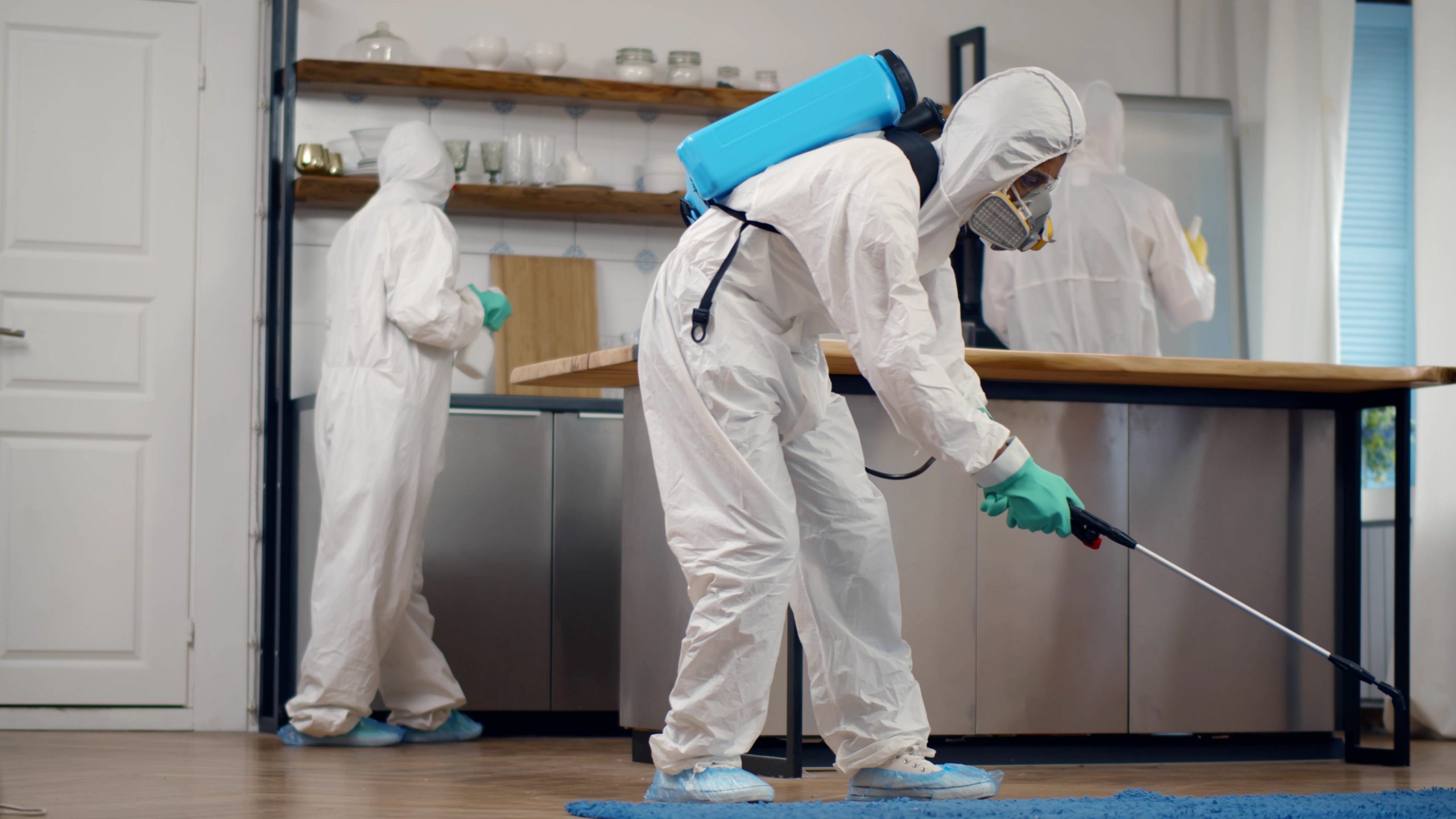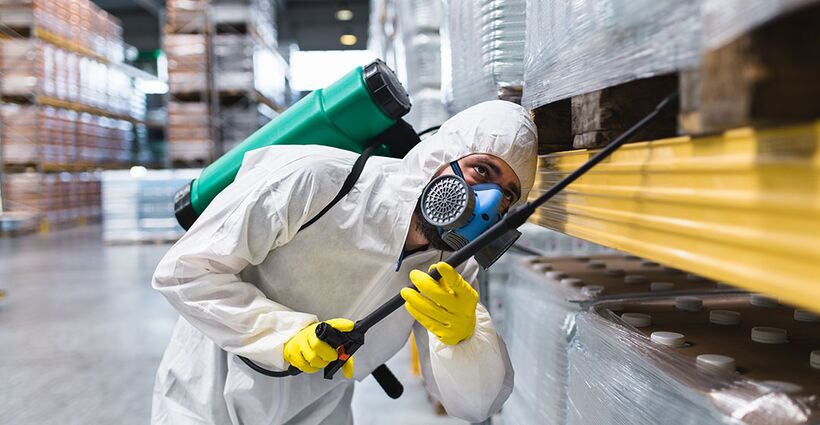Prevent Future Infestations with Services from Pest Control Lockhart
Prevent Future Infestations with Services from Pest Control Lockhart
Blog Article
Checking Out Infestation and Therapy Techniques worldwide of Bug Control
The landscape of bug control encompasses a myriad of obstacles, especially as problems of typical household parasites remain to advance. Recognizing the actions and reproductive patterns of these hassles is essential for creating effective therapy techniques. By incorporating precautionary steps with advanced administration strategies, such as Integrated Pest Administration (IPM), home owners can better secure their settings. However, the efficiency of these approaches might vary considerably based upon details conditions. What hidden factors contribute to the success or failing of these methods in various setups?

Typical Family Vermin
When it involves managing our home, understanding usual family insects is essential. These pests not only interrupt our comfort but can additionally present health and wellness threats and damages building. One of the most prevalent house insects consist of ants, roaches, rats, termites, and bed insects.
Ants, commonly seen foraging in kitchens, can pollute food and develop huge colonies. Rodents, consisting of computer mice and rats, can cause structural damage and lug illness like hantavirus and salmonella.
Identifying the signs of these insects, such as droppings, nests, or bite marks, is crucial for early intervention (Pest Control Lockhart). Appropriate cleanliness techniques, sealing entry points, and preserving a clutter-free setting are reliable preventative measures. By identifying these usual house pests and comprehending their habits, house owners can take aggressive actions to minimize problems, guaranteeing a healthier living setting
Understanding Insect Infestations
Insect infestations can escalate swiftly, transforming a minor inconvenience into a significant problem otherwise dealt with promptly. Understanding the nature of these infestations is crucial for effective monitoring. Parasites can get into domestic and commercial rooms for numerous reasons, including the look for food, shelter, or breeding grounds. Usual aspects adding to infestations consist of bad cleanliness, architectural susceptabilities, and seasonal modifications that drive insects indoors.
Recognizing the sort of parasite is vital, as different varieties display different habits and reproductive rates. Rodents might establish nests in surprise areas while pests like roaches thrive in wet settings. Early detection commonly rests on acknowledging indicators such as droppings, nibble marks, or uncommon noises, which can suggest a trouble prior to it comes to be severe.
Ecological problems also play a crucial duty in bug spreading. Warm, moist environments can assist in the fast growth of insect populations, while changes in landscaping or building and construction can accidentally create conducive environments. Consequently, routine evaluations and preventative procedures are paramount to alleviating the danger of problems. An educated method to comprehending these dynamics lays the groundwork for efficient parasite monitoring methods in the future.
Therapy Techniques and Strategies
Reliable therapy approaches and methods are vital for alleviating parasite problems and bring back a risk-free setting. A multifaceted technique is usually best, integrating chemical, organic, and mechanical strategies tailored to the certain parasite and the intensity of the problem.
Chemical therapies include using insecticides and herbicides, which can successfully get rid of parasites. Appropriate application and adherence to safety guidelines are important to reduce risks to humans and non-target microorganisms. Integrated Bug Administration (IPM) motivates the judicious usage of chemicals as a last hotel, counting instead on surveillance and limit degrees to figure out treatment requirements.
Biological control methods include introducing natural predators or parasites his comment is here to minimize parasite populaces. This approach is progressively prominent, especially in farming setups, as it promotes environmental sustainability.
Mechanical methods, such as catches and obstacles, supply instant remedy for pests without presenting chemicals. Alternatives include sticky traps for pests or physical obstacles for rodents.
Ultimately, the selection of therapy method should consider the details parasite, the atmosphere, and potential influence on human health and environments. A balanced combination of these approaches can successfully manage problems while promoting long-term insect control services.
Safety Nets for Homes
Proactively resolving bug issues prior to they escalate is essential for maintaining a healthy home atmosphere (Pest Control Lockhart). Implementing reliable preventive measures can considerably lower the chance of invasions, ultimately securing both your residential property and well-being

Appropriate landscaping also plays a vital duty in avoidance. Keeping bushes and trees trimmed away from your house minimizes the opportunities of parasites locating their means inside your home. Make sure that drain systems are functioning efficiently to prevent standing water, which can attract in mosquitoes and other insects.
Last but not least, routine examinations are advisable. Regularly great post to read looking for indicators of insect see this activity permits for very early intervention. By embracing these safety nets, property owners can develop an environment that is much less congenial to pests, thereby boosting their general lifestyle and lowering the requirement for considerable parasite control interventions.
Industrial Pest Control Techniques
A thorough method to commercial insect control is necessary for organizations intending to maintain a safe and hygienic atmosphere. Efficient strategies involve a combination of routine evaluations, employee training, and the application of Integrated Parasite Administration (IPM) techniques.
Normal inspections enable very early discovery of parasite activity, permitting timely intervention. Organizations should create a routine timetable for these evaluations, concentrating on risky locations such as cooking areas, storeroom, and garbage disposal sites. Employee training is equally crucial; staff needs to be enlightened on the indicators of bug infestations and the value of reporting them immediately.
Executing IPM practices helps reduce bug issues sustainably. This consists of environment alteration, such as sealing entrance factors and minimizing mess, as well as employing all-natural deterrents before turning to chemical treatments.

Furthermore, collaborating with a licensed insect control supplier makes certain access to expert knowledge and sophisticated treatment alternatives. This collaboration can bring about tailored insect control plans customized to the specific needs of the organization, decreasing threats and enhancing total efficiency. Eventually, a proactive and informed strategy fosters a pest-free setting, safeguarding both public health and organization track record.
Conclusion
To conclude, efficient insect control necessitates a detailed understanding of usual home pests and their habits, coupled with targeted therapy techniques. Executing safety nets together with treatment strategies such as Integrated Insect Management and biological control boosts the capability to reduce invasions. Routine assessments and a mix of chemical and mechanical options even more add to preserving pest-free atmospheres. Inevitably, an all-around approach to pest management is essential for protecting living rooms from unwanted intruders.
Report this page